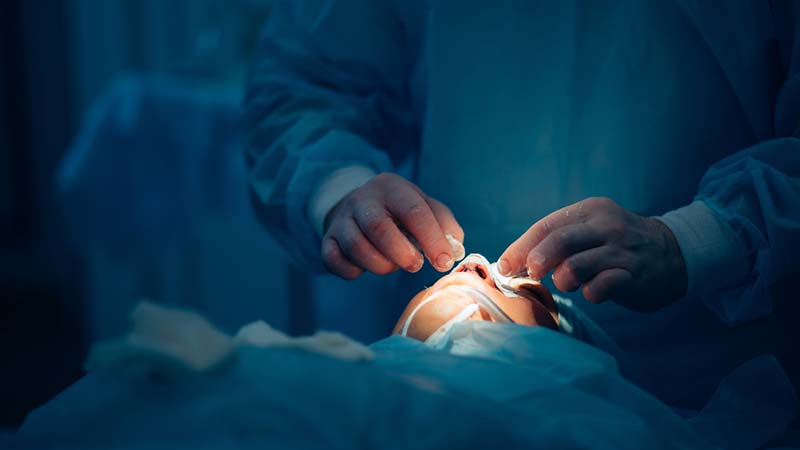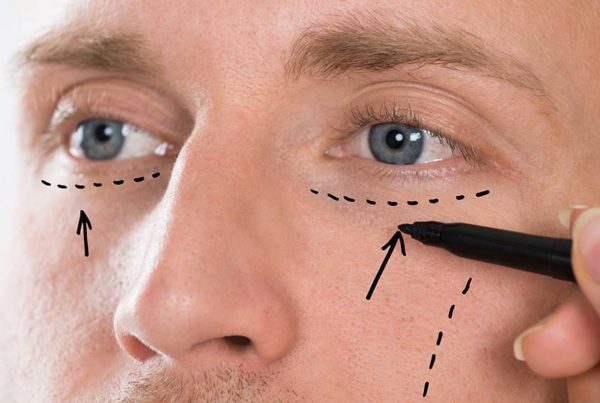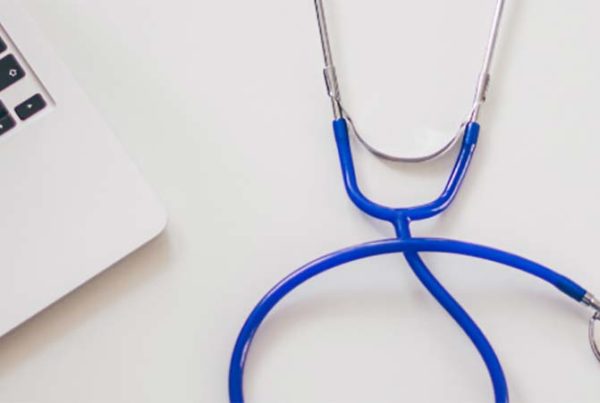
Whether you’re considering rhinoplasty for aesthetic reasons or because of breathing difficulties, it’s important to be well informed about this exacting procedure.
The nose is a delicate and clever organ. It’s responsible for sensing smell, filtering air and breathing. It’s also the centrepiece of the face so it’s vital to our overall appearance. The nose is important to our health and happiness. As a plastic surgeon, I find rhinoplasty to be one of the most rewarding procedures to perform. It’s also one of the most complex surgeries I perform, where technical precision, artistic sensibility and years of experience are all essential contributors to the outcome.
The nose is a delicate and clever organ. It’s responsible for sensing smell, filtering air and breathing. It’s also the centrepiece of the face so it’s vital to our overall appearance. The nose is important to our health and happiness. As a plastic surgeon, I find rhinoplasty to be one of the most rewarding procedures to perform. It’s also one of the most complex surgeries I perform, where technical precision, artistic sensibility and years of experience are all essential contributors to the outcome. There are many reasons for rhinoplasty, but some of the of the most common problems I treat are:
- A nose that is disproportionate in shape or size to the other facial features.
- A nose that is irregular in shape, or crooked because of injury.
- A deviated septum that causes breathing problems.
Then of course, there are some patients who simply don’t like the look of their nose.
So, if you are concerned with the form or function (or both) of your nose, what sort of results can you expect from rhinoplasty? The first thing to understand is that some anatomical characteristics of the nose can be changed, but others can’t. During your consultation, we’ll discuss your desired outcomes and what type of changes may be possible for you. Over the years I’ve found it’s crucial that everyone is on the same page and working to the same goals. The last thing we want is for you to be disappointed with the result.
Before making any decisions, we look at a variety of visual aids together so that you have a good understanding of the procedure and what the result may look like. I may show you anatomic diagrams, intraoperative pictures and/or computer imaging called Vectra 3D. This is sophisticated software that makes virtual changes to the appearance of your nose and shows how you might look after surgery. You’re also welcome to bring in pictures of any noses you particularly like. However, please bear in mind that your nose should blend in with your other facial features and what looks good on one face may not look good on you. It’s better not to expect to achieve a nose that is 100% perfect, but more on that later…
If you think about it, the nose is a more complex structure than say, the breast, and some aspects of rhinoplasty are unpredictable. This is why I take a conservative and exacting approach to surgery, working slowly and carefully. Wherever possible, I try to preserve or enhance the skeletal support of nose by re-shaping, reinforcing or re-positioning the structural elements of the nose. The aim is always to give you the best nose you can have while retaining or improving its function.
Rhinoplasty operations may also involve a septoplasty, which is used to improve internal issues with the nose. The septum is the central wall between the nostrils and it is important for nasal support, shape, symmetry and airflow. When rhinoplasty is performed with septoplasty, septal cartilage may be harvested and used for structural grafts. There may also be additional airway surgery such as turbinate surgery to reduce the soft tissue part of the turbinate (these are the twisting bony structures in the nasal passage that help to clean and moisturise the air as it enters the nostrils).
Surgery is performed under general anaesthetic, with small incisions inside the nose and across the columella (the bridge in between the nostrils). I perform most rhinoplasties “open” so that I have good visibility and can shape the nose with maximum precision. This means separating the nasal skin from the skeleton, and then altering the shape of the skeleton using various techniques. I often use cartilage grafts to improve the shape of the nose or the function of the airway. Once this is completed, I close the internal incisions using stitches. These are removed or dissolve within a few days.
The outcome of a rhinoplasty can be affected by many factors, such as your age and ability to heal, the thickness of the skin over the nose and the degree of asymmetry. Immediately after surgery, you can expect your nose to look different and there will be significant bruising and swelling. Most of the swelling disappears within two months, but it will take quite a bit of time before you see the final result. A full recovery can take up to 12 months or even, in the case of thicker skinned noses, much longer.
A small number of rhinoplasties that I perform need revision, or a second operation to achieve the best possible result. There are a few reasons for this. Cartilage may warp and cause asymmetry and this may be able to be corrected. There may be small bumps or imperfections in the nasal bones after surgery. Skin retraction can be not entirely predictable. With modern structural nasal surgery, the need for a major revision should be very unlikely. Minor revisions to correct a small issue with an otherwise good outcome are more likely, but can usually be undertaken quite simply if the patient and I think one is needed.
I’ll talk more about that in a later post.
Thanks for reading.
Take a look at my realself profile where you can read patient reviews.





